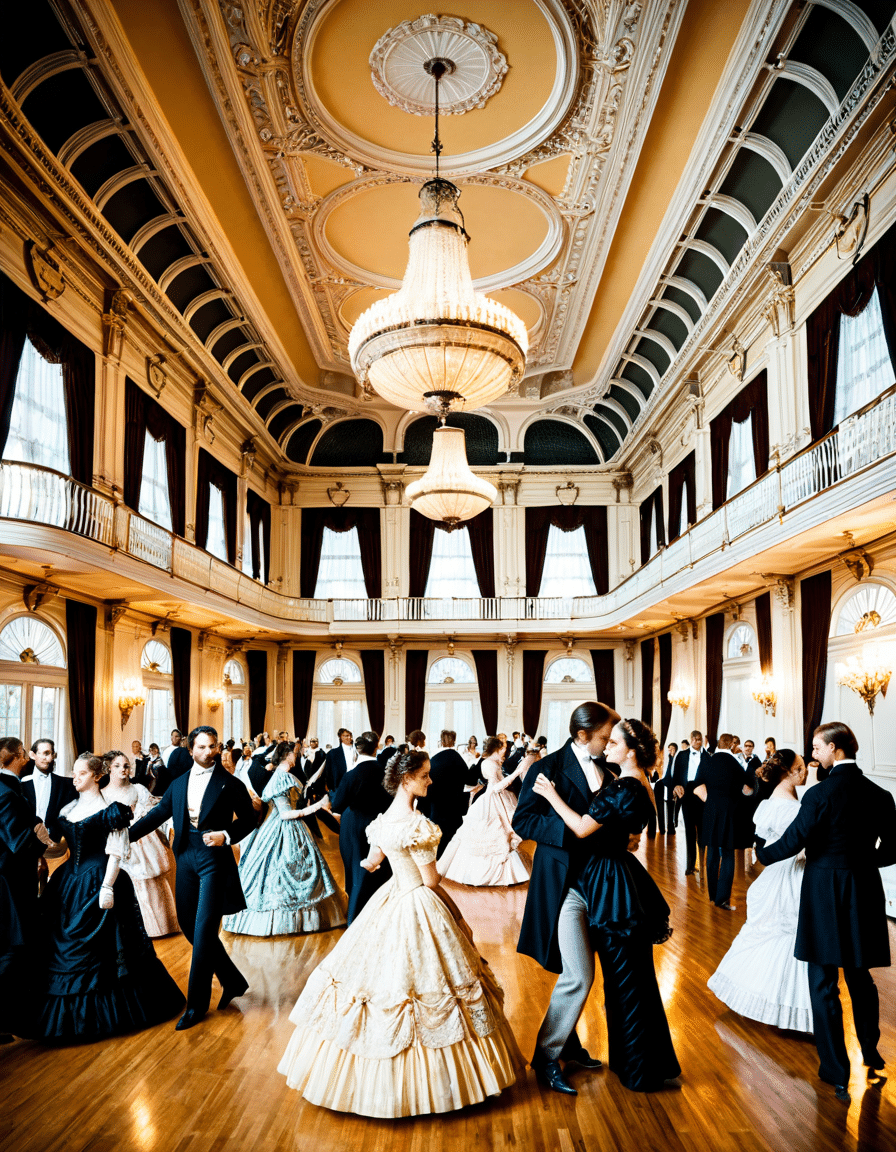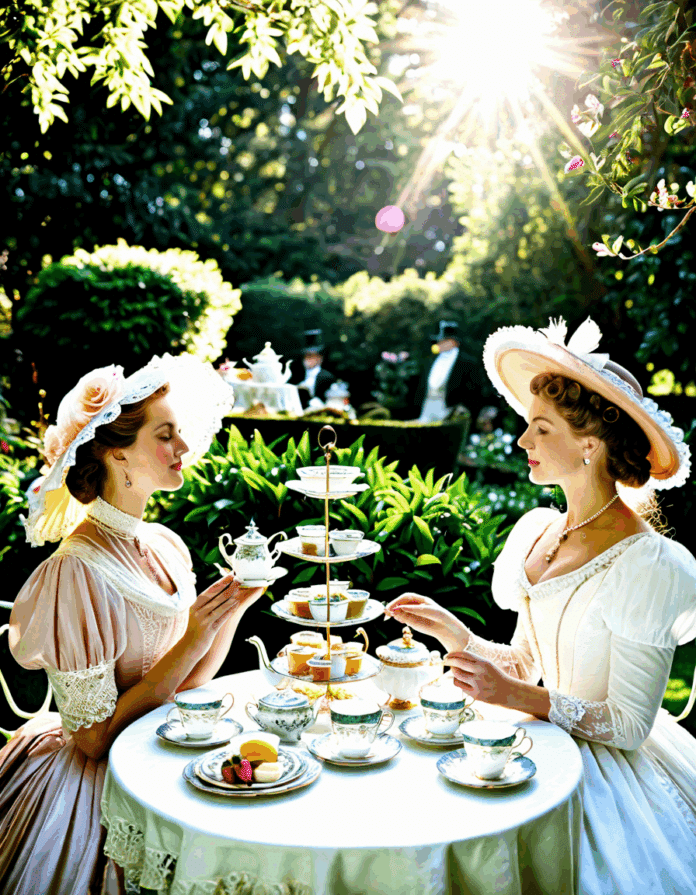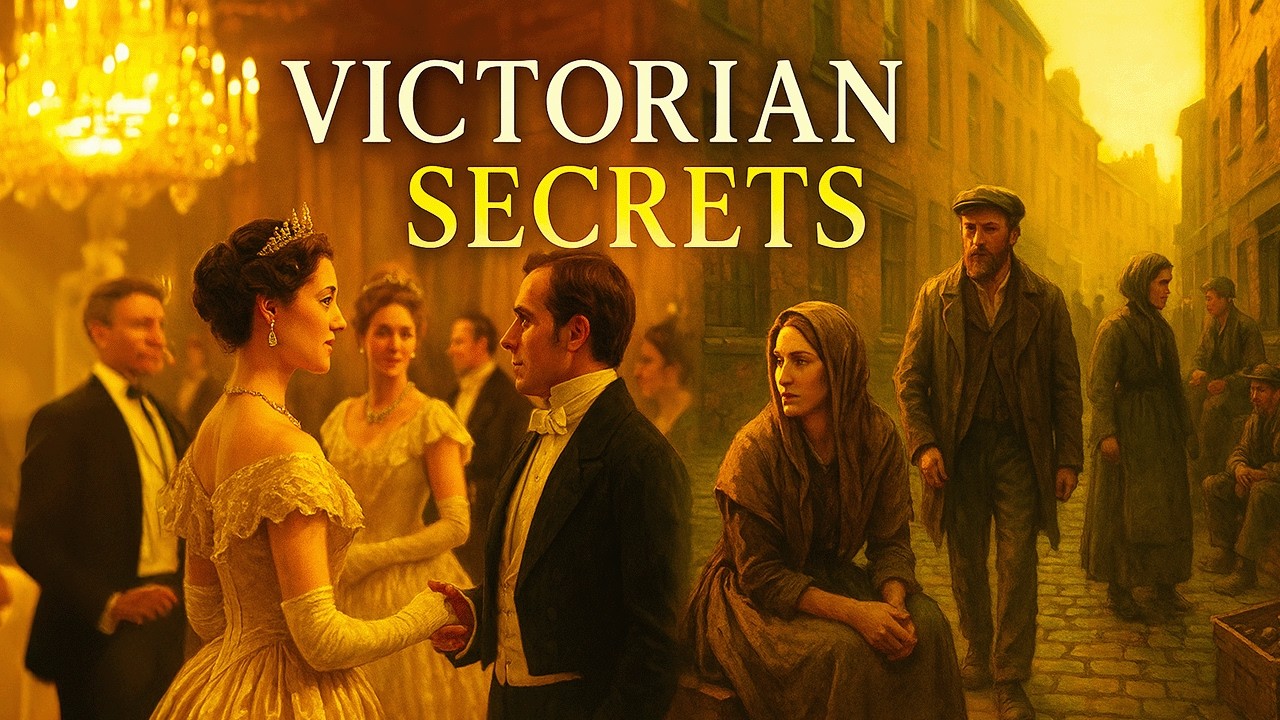Exploring the Victorian Era: A Time of Transformation
The Victorian Era, stretching from 1837 to 1901, is celebrated for its eclectic mix of grandeur, societal upheaval, and groundbreaking innovations. Queen Victoria’s reign served as a catalyst for changes that would shape the modern world. Encompassing advancements in technology, social structures, and the arts, this period is often romanticized in literature and film. However, a deeper examination reveals significant challenges—amidst the advancements lay stark contrasts in social conditions that painted a complex picture of life during the Victorian Era.
One cannot overlook the remarkable technological innovations that emerged during Queen Victoria’s reign. From the advent of the railway revolution to the development of modern plumbing, these transformations didn’t just foster convenience; they reshaped everyday life for millions. In bustling cities, innovations like streetlights began illuminating urban spaces, allowing commerce to thrive after dusk—a true testament to the vibrant spirit of ingenuity that characterized the Victorian Era.
As we analyze these advancements, it becomes clear that the effects were wide-reaching. The era fostered a sense of exploration in both industrial and intellectual spheres, leading to significant social changes. Literature from this period often grappled with the consequences of these innovations, emphasizing that rapid industrialization didn’t just improve lives—it also created new dilemmas and ethical considerations that still resonate today.
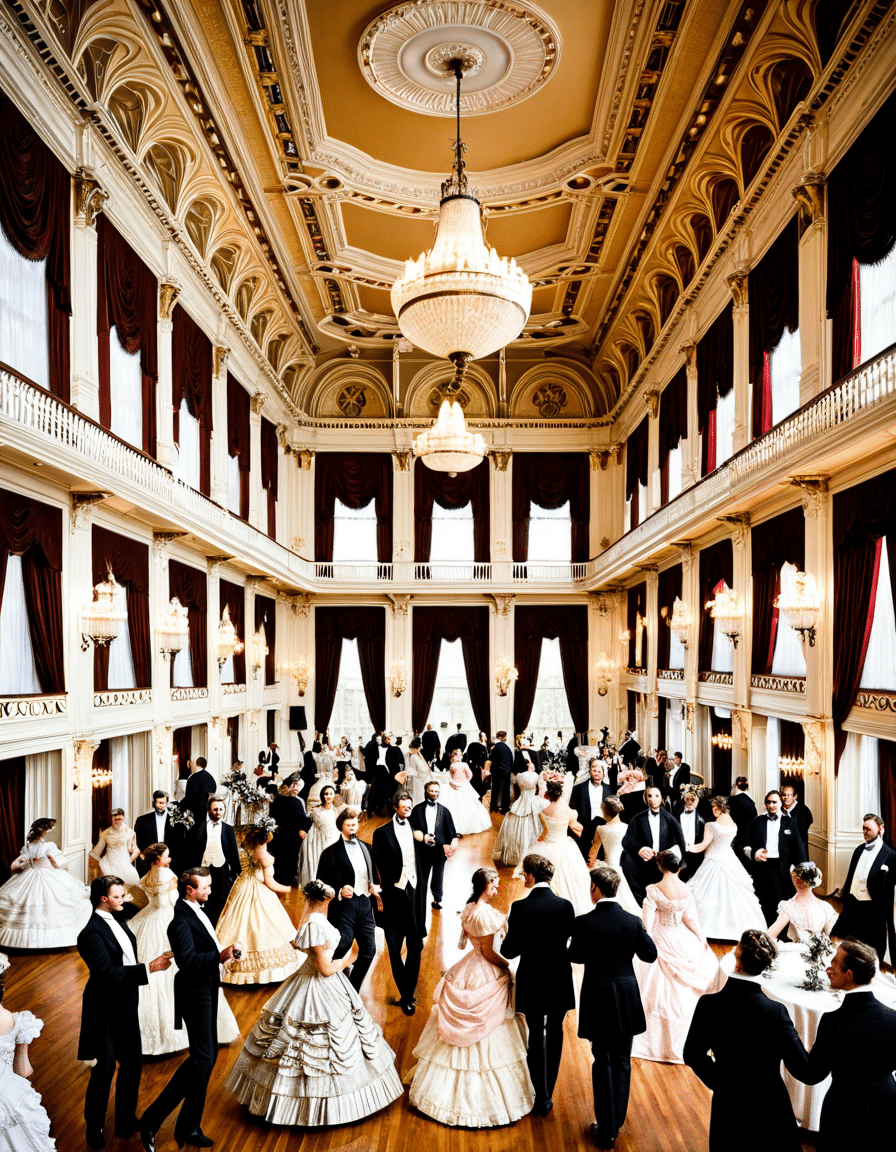
Top 7 Innovations of the Victorian Era That Reshaped Society
The railway revolution stands out as one of the most significant advancements of the Victorian Era. With the opening of the London and Birmingham Railway in 1838, train travel became faster and more reliable than ever. Railways not only connected vast regions, making travel easier, but they also stimulated trade and tourism across continents, allowing goods, raw materials, and people to traverse extreme terrain effortlessly.
The late 19th century bore witness to a groundbreaking invention: the electric light bulb, attributed to Thomas Edison. While his work took root in the United States, it resonated deeply across the Atlantic. Coupled with Joseph Swan’s early experiments in Britain, electric lighting transformed homes, public spaces, and overall safety after dark, illuminating a new way of life by enhancing both domestic comfort and urban safety.
The 19th century also marked the inception of offshore drilling techniques which laid the groundwork for future petroleum extraction. Companies like Standard Oil, founded by John D. Rockefeller, innovated ways to tap into oil reserves more efficiently. This era of oil exploration significantly fueled the industrial age, giving rise to the infrastructure that supports modern societies around the globe.
As cities swelled with new residents, traditional sanitary solutions proved inadequate. Joseph Bazalgette’s modern plumbing systems revolutionized urban living by introducing organized sewage systems. This development was crucial in curbing diseases like cholera, dramatically improving health standards and illustrating the critical connection between health and infrastructure during the Victorian Era.
The Victorian Era also heralded a photography boom, showcasing life’s diversity. Innovators like George Eastman with his Kodak camera in 1888 made photography accessible to the masses. This new medium allowed for the real-time capture of societal changes and natural life, creating a visual narrative that accompanied both personal memories and historical moments.
Although the automobile is often linked to the 20th century, the groundwork was set during the Victorian Era. Inventors like Karl Benz crafted the first automobiles powered by internal combustion engines. British companies such as Daimler and Lanchester began producing car parts that paved the way for automotive culture, simplifying personal transport and connecting communities in ways never imagined.
Driven by public health crises, the Public Health Act of 1848 marked a significant turning point in urban sanitation. Responding to increasing awareness about disease spread, this act laid the foundation for modern public health practices. The Victorian commitment to creating cleaner urban environments improved living conditions and shaped the future of healthcare across societies.
Cultural Impact: A Reflection on Social Norms and Natural Life
The Victorian Era wasn’t solely dominated by technological progress; it was also a time rife with strict social norms that often dictated behavior and interaction. Renowned authors, including Charles Dickens and the Brontë sisters, brought these realities into the spotlight. Their literary works captured not just the triumphs of innovation but also the social inequalities that emerged from the rapid urbanization and industrialization of society.
As industrialization surged, so did interest in natural life and the environment. Writers like Thomas Hardy highlighted the tension between humanity’s progress and nature’s authenticity, critiquing the changes wrought by advancements while lamenting the loss of pastoral landscapes. Their works laid the groundwork for environmental consciousness, raising pivotal questions about the relationship between progress and preservation during the Victorian Era.
Furthermore, the exploration of natural life during this period wasn’t limited to literature. Scientific pursuits flourished alongside artistic representation, enhancing society’s appreciation for the natural world. Museums and exhibitions celebrated the wonders of the animal kingdom, while innovative thinkers began to understand ecology and the environment beyond mere aesthetics.
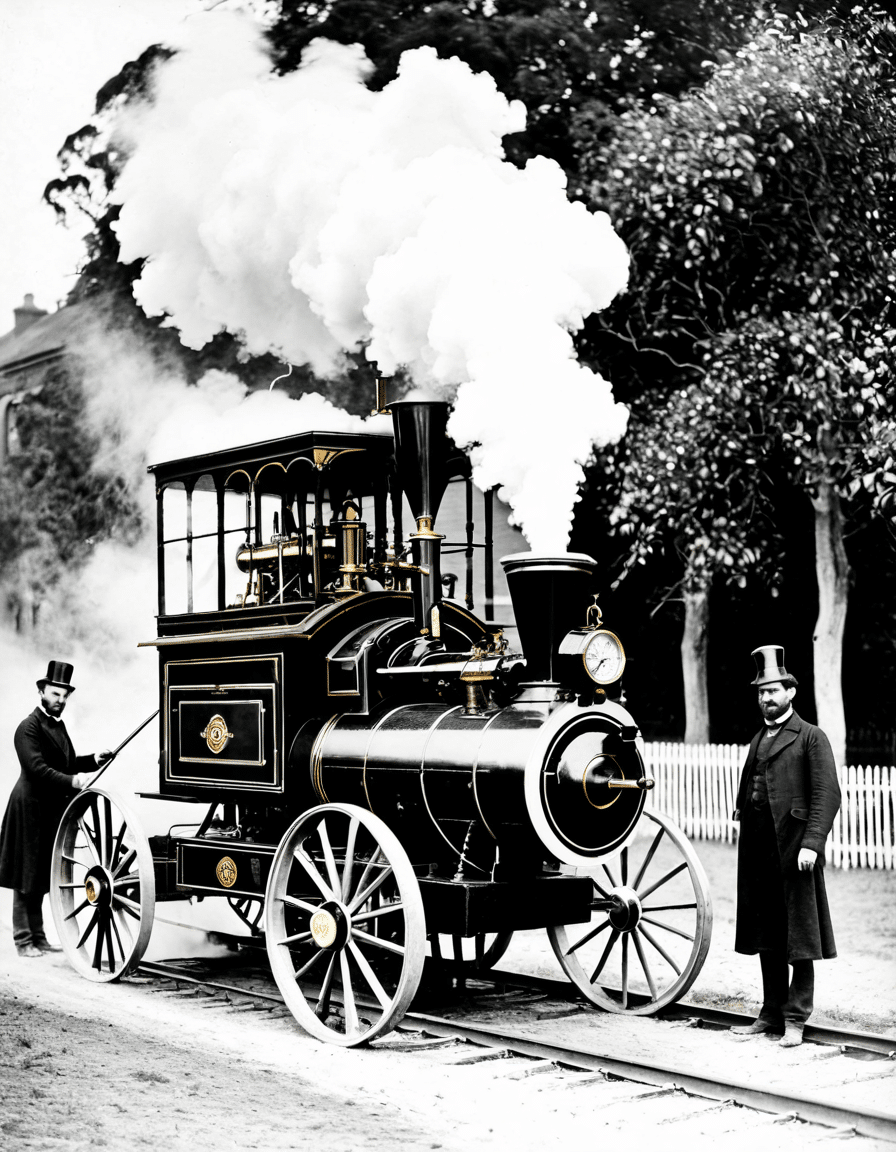
Innovations That Shape Our Modern World
The legacies of Victorian innovations continue to influence contemporary society. Techniques in offshore drilling and oil extraction remain pivotal in energy production today. Advances in public health established foundational practices that underlie today’s healthcare systems, aiding in the fight against communicable diseases. Additionally, rail transport remains vitally important for commerce and travel, ensuring that the spirit of the Victorian Era persists in our daily lives.
Moreover, as we look at modern technological strides, think about how communication has exploded since the days of the telegraph—a Victorian innovation. Devices we take for granted today, like smartphones, owe their lineage to the early spirit of invention. It’s clear that many currents of today’s knowledge and daily conveniences trace back to breakthroughs made during this powerful era.
Embracing the Spirit of the Victorian Era Today
As we inch deeper into the 21st century, the Victorian Era serves as a poignant reminder of how innovation can drive societal change. The challenges faced during that time resonate with our current issues—climate change, health crises, and modernization stressors require a similar spirit of ingenuity and adaptability.
Reflecting on the achievements of the Victorian Era, we’re encouraged to harness creative solutions for contemporary problems. The remarkable advancements made then offer insights not only into overcoming adversity but also into embracing complexity with an open mind. By appreciating these lessons, we can move forward, compelled by a healthy blend of caution and hope.
The Victorian Era teaches us about the balance between technological advancement and ethical responsibility. As we innovate for the future, the spirits of the brilliant minds and determined hearts of that time guide us in our quest for a sustainable world.
Links integrated within the article:
Victorian Era: A Time of Fascination and Progress
Social Trends and Innovations
The Victorian era, running from 1837 to 1901, was a vibrant age filled with groundbreaking changes and remarkable quirks. For instance, Queen Victoria was the first monarch to see the benefits of the Industrial Revolution firsthand. Think about it—factories were popping up overnight! This period saw the rise of the middle class, which led to the popularization of credit. Speaking of which, many may wonder How much Does credit score decrease When it Is checked. It’s a common concern, especially in a time when financial security became integral to new societal norms.
What’s more, the Victorian era was marked by a fascination with the macabre. People held seances and collected mourning jewelry made from the hair of the deceased. Makes you think about how we sometimes romanticize death even today, doesn’t it? Victorian-era folks were also crazy for inventions. The telephone, for instance, made its debut during this time, revolutionizing communication. Just imagine the buzz when Alexander Graham Bell uttered the first words over the line!
Culture and Literature
Moving on to culture, Victorian literature gained immense popularity with the works of authors like Charles Dickens and the Brontë sisters. Their stories often tackled social issues of the day, revealing the struggles of the lower class while keeping readers thoroughly entertained. It’s interesting to note how many of these tales are still beloved today. Think of Dickens—his insights into society were so ahead of his time that they could serve as a guide for anyone looking to understand the social fabric of the time.
In art, the Pre-Raphaelite Brotherhood rejected the conventions of their day to pursue vivid detail and complex symbolism. Many of these pieces sparked discussions that carried into the modern age, proving that the urge to convey deeper meanings is timeless. And hey, when you dive into these great works, you’re stepping into the vibrant tapestry of the Victorian era. You can almost hear the gas lamps flickering and feel the weight of social change in the air, can’t you?
